This article explores effective email marketing strategies to boost sales and revenue for eCommerce businesses. You will also get inspired by email design ideas that enhance engagement and drive conversions.
Email marketing has been around for a while but continues to be a powerful tool for eCommerce businesses to reach and engage their audiences, increase brand awareness, and drive sales.
In this article, you’ll have an overview of how to do email marketing for eCommerce. We’ll discover how to craft an effective email marketing strategy for eCommerce, including the foundational elements, the top types of email, and the best email marketing practices for your eCommerce business.
Building an email marketing strategy for eCommerce
This section will guide you through the fundamentals of a powerful email marketing strategy, including setting achievable goals, understanding your audience, and attracting subscribers.
Setting goals and objectives
A generic goal, such as “increase sales and revenue,” isn’t enough to guide a successful email marketing strategy for eCommerce. You should define specific goals that align with your overall eCommerce business objectives for each campaign. For example:
-
get 5% more purchases from abandoned cart emails;
-
gain 5,000 new subscribers after the campaign;
-
increase repeat purchases by 5% in 3 months.
Remember to quantify your goals and set a timeframe whenever possible. Your goals will help you track, monitor, and analyze your email performance, contributing to effective eCommerce campaign management.
Understanding your audience
eCommerce businesses have an advantage in understanding their audiences because, through customers’ online activities, they can collect data about demographics, purchasing habits, preferences, and buying behaviors at every step of the customer journey. With valuable customer data, you can discover customer insights to craft your email marketing strategy, content, frequency, and timing.
One of the best ways for eCommerce stores like Shopify to capture customer data is by investing in a Shopify POS system. This tool collects customer data at checkout, updates customer profiles after each purchase, and integrates with your customer relationship management (CRM) tools.
Building your email list
A robust, healthy email subscriber list is a valuable asset for your business, allowing you to nurture sustainable relationships with your customers. While building your list, remember to avoid purchasing contacts or sending emails to those who haven’t opted in, as this can hurt your reputation and violate anti-spam regulations. You should use double opt-in, which means obtaining recipient consent and then confirming their interest via email before sending any welcome emails.
There are various methods to expand your email subscriber base, including:
-
point of sale (POS) system (a combination of hardware, software, and payment services that businesses use to process transactions and accept payments);
-
social media promotions and contests;
-
referral programs;
-
targeted landing pages;
-
lead magnets, such as free trials, eBooks, samples, white papers, webinars, and free consultations.
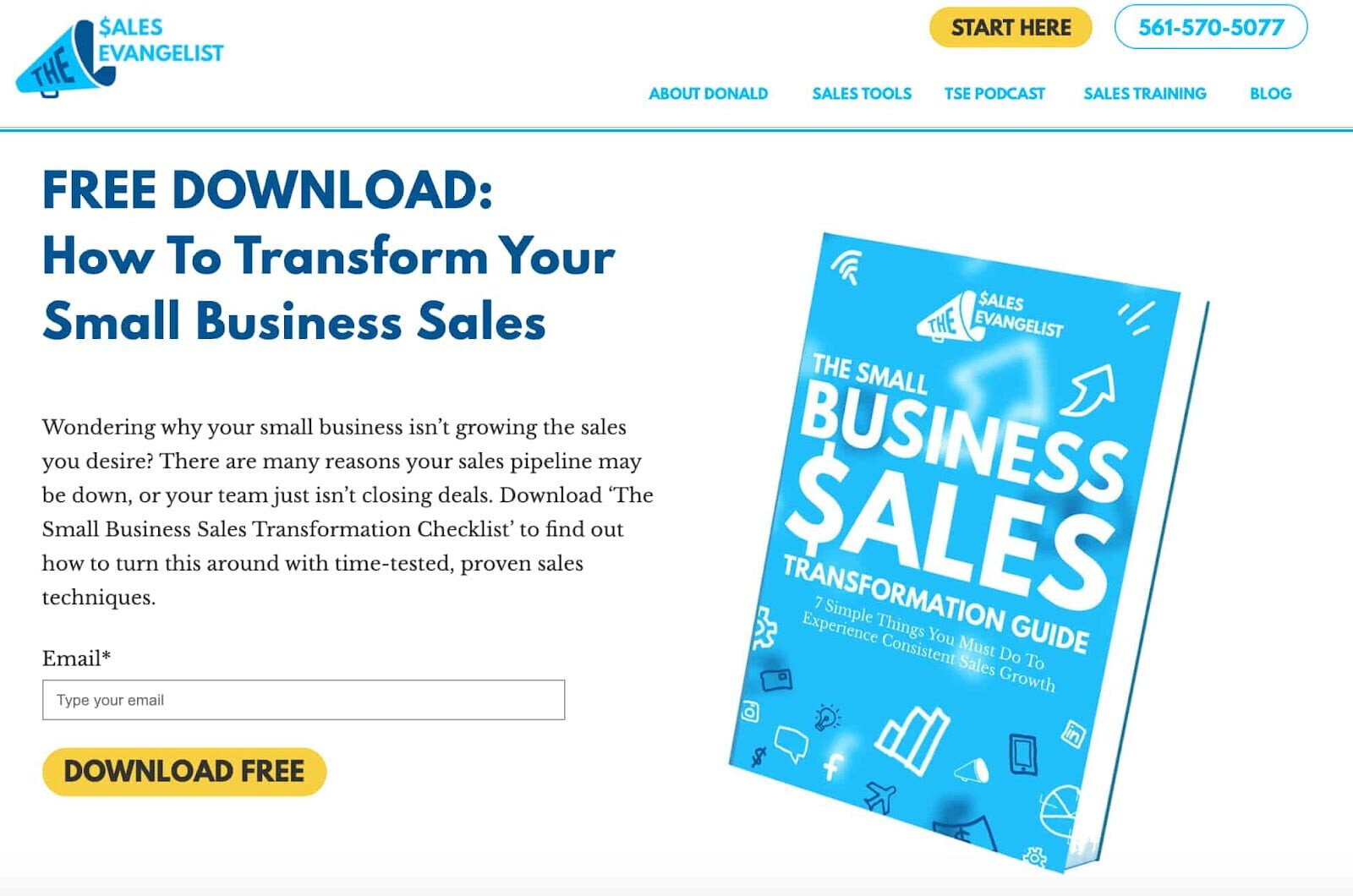
(Source: Prime One Community)
Top 7 types of email marketing strategies for eCommerce
In this section, let’s explore the top 7 types of email marketing specifically crafted for eCommerce businesses.
Welcome emails
Welcome emails are among the most prominent email marketing ideas for eCommerce. These emails acknowledge a customer’s or subscriber’s interest in an offering and create a strong first impression.
Typically following a purchase, subscription, or newsletter sign-up, welcome emails have an impressive click-to-conversion rate of 56.75%.
To craft a successful welcome email, you should:
-
add personalized touches, such as addressing customers by name and tailoring the content to their specific signup action (purchase, newsletter, etc.);
-
grab attention with a clear and catchy subject line;
-
highlight the key benefits they’ll receive;
-
have a clear CTA that tells them exactly what you want them to do next—whether it’s browsing, downloading, or learning more.
Abandoned cart emails
eCommerce stores have to deal with cart abandonment rates averaging approximately 70%. Abandoned cart emails can persuade online customers to complete the purchase and recover 3% to 14% of lost sales.
An abandoned cart email serves as a follow-up after the customer adds products to their cart but leaves the eCommerce store without making a transaction and completing the purchase. It reminds online shoppers of items in their abandoned carts, encouraging them to return and complete their purchases.
A typical abandoned cart email campaign often includes three emails sent at three different times: a cart reminder email after the first hour, a follow-up email after the first day, and a promotional discount email on the third day.
Some top tips for abandoned cart emails:
-
remind customers about items in the cart with engaging visuals and copy;
-
provide support for customers to complete the purchase;
-
offer a discount or free shipping code;
-
convince customers with reviews and testimonials;
-
reserve the items in the cart.
To deepen your understanding of visitor behavior, consider using a Shopify pop-up app like Claspo. These tools help you collect first-party data through targeted email capture popups triggered by on-site actions — such as scroll depth or time spent on page — giving you valuable insight into user intent even before a purchase occurs.
Transactional emails
Typically, transactional emails are notifications about a customer’s account, activities, or commercial transactions. These emails help businesses inform customers of crucial information at pivotal points in their buying journey. Some examples of transactional emails include:
- account alerts;
- password resets;
- subscription confirmation and cancellation;
- purchase receipts;
- credit card expiration;
- responses to inquiries;
- requests for feedback.
More than any other kind of email marketing, businesses should send transactional emails with the utmost timeliness. The reason is that this type of email often contains crucial information that customers need right away and prompts immediate action from the customer. Moreover, timeliness increases the open rate, as customers actively expect transactional emails.
Promotional emails
As their name suggests, promotional emails help businesses promote their companies and offerings. Promotional emails aim to communicate special offers, inform exclusive deals, introduce new products or services, boost engagement, and drive sales. They encourage customers to take action, such as visiting the company’s website, reading a blog, signing up for an event, or purchasing items.
To create effective promotional emails, businesses should use convincing copy, attention-grabbing visual designs, and strategic CTAs. Also, you should tempt the recipient to click through by linking email content to your site.
Win-back emails
Win-back emails save money for businesses, as acquiring new customers is five times more expensive than retaining existing ones. A win-back email is an email to regain the interest of inactive subscribers — those who have previously interacted with your business but haven’t purchased from your store or opened your emails in a long time. Previous interactions between customers and your business may include website visits, email clicks, event participation, or purchases.
An existing subscriber becomes a dormant subscriber after 3 to 6 months of inactivity, though this timeframe can vary based on your products and sales cycle. You should send win-back emails on time to motivate them to reengage with your business, or you’ll lose your customers. An email campaign with quality content emphasizing new offerings and highlighting key benefits, clear CTAs, and special deals can help you win customers back.
Customer loyalty emails
After welcoming and interacting with your customers or even winning them back, the next step is to turn them into loyal advocates through effective customer loyalty emails. These emails engage customers in loyalty programs, fueling their commitment and reinforcing their positive association with your brand.
The content of customer loyalty emails encompasses informing customers of their proximity to the next reward level, celebrating new loyalty tier status achievements, summarizing points earned and redeemed, reminding them of reward expiration, sending birthday greetings, and more.
Educational emails
Educational emails are all about sharing valuable knowledge, tips, and insights on specific topics. The target audience of these emails can be your loyal customers, new customers, or prospective customers. Businesses can utilize this type of email to develop deeper connections with the audience, establish authority and thought leadership, and nurture relationships with customers.
Educational emails have various formats, such as newsletters, blog updates, tutorials, webinars, or online courses. The key to successful educational emails is a balance between knowledge-focused content and promoting your offerings.
Five eCommerce email marketing best practices
So far, we’ve walked through the fundamentals and the top seven email marketing strategies for your eCommerce business. Let’s explore the best practices to drive sales and increase revenue through email marketing.
Personalization
Personalization has been the key to every marketing strategy, and email marketing is no exception. Research shows that email personalization can help increase transaction rates by 6 times.
To embrace this email marketing strategy for eCommerce, businesses should collect comprehensive customer data, such as demographic information, browsing habits, previous interactions, buying preferences, and purchase history. You can utilize POS systems or CDPs to effectively collect and store customer data and automatically update customer profiles after every purchase.
Subject line optimization
The subject line has a great impact on email open rates, as it serves as the first impression. Therefore, it’s crucial to craft compelling subject lines that are attention-grabbing, intriguing, and personalized. Also, you should keep them short and sharp, ideally no more than 50 characters, and be careful of spam words.
Email design and usability
After convincing your recipients to open the email, the next goal is to encourage them to click through. Email design and usability play an important role in motivating customers to take action. Clean, well-organized layouts ensure a smooth user experience, while visually appealing designs capture attention and guide viewers toward your CTA. To achieve seamless design and usability, consider utilizing email templates and learning from eCommerce email marketing examples provided by professional email services.
You should also make it easier for customers to take action by adding interactive elements to your email. For example, if you have videos, add a “Play” button on the image to direct the email recipient to a video on your website.
Frequency and timing
Determining the optimal email frequency and timing involves testing and optimizing email campaigns via tools like A/B testing, analytics, and feedback surveys. You should also consider your email content’s value and relevance to ensure that you provide your customers with timely information and help them solve their problems promptly.
Analytics and optimization
Email marketers depend on reporting and analytics to continuously adjust and improve their email marketing strategies. To optimize your emails, you can monitor your email metrics, such as open rates, click-through rates, conversions, and unsubscribes. A helpful way to enhance your tracking and analytics is to utilize trackable URLs in your email campaigns.
With insights from email marketing reports and analytics, you should try different ways to enhance the metrics to meet your goals and objectives. A/B testing lets you experiment with various versions of subject lines, email content, and visual elements to identify what your customers prefer.
Wrapping up
The article has walked you through the top 7 types of email marketing strategies. By implementing a strategic approach that leverages eCommerce email marketing best practices like personalization, subject line optimization, great email design, and timely delivery, businesses can leverage email marketing as a powerful tool to nurture customer relationships, build brand loyalty, and drive sales. Remember, continuous testing and optimization are key to refining your strategy and maximizing the return on investment of your email marketing efforts.

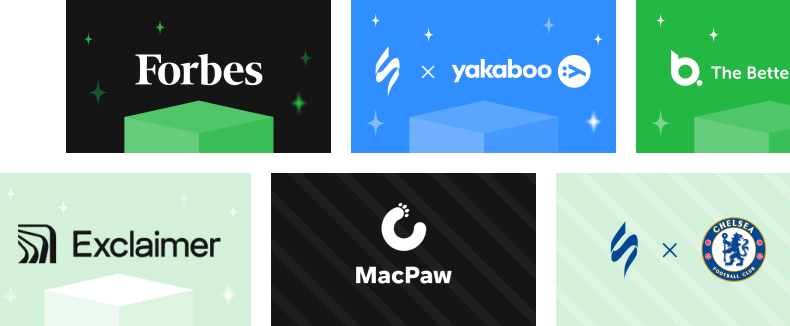
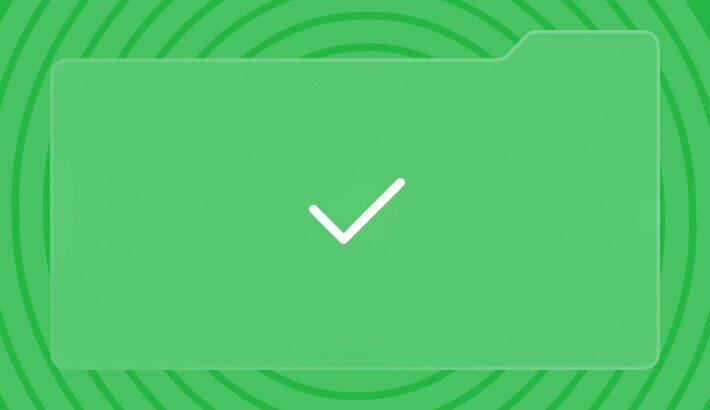


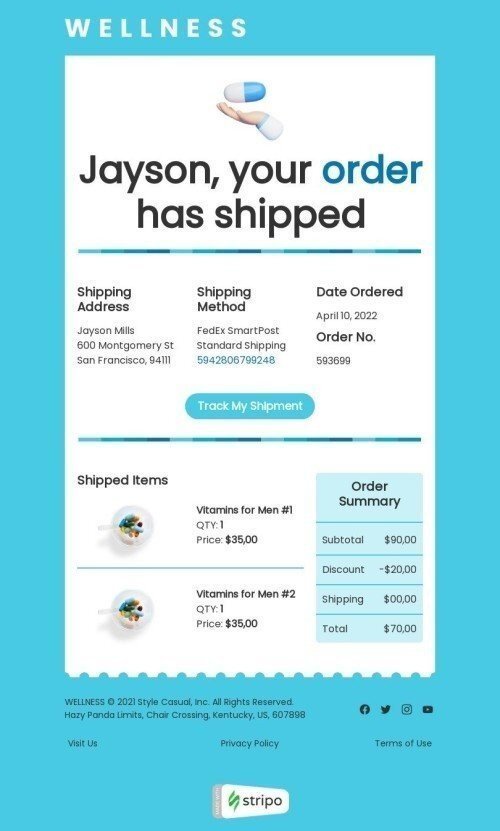

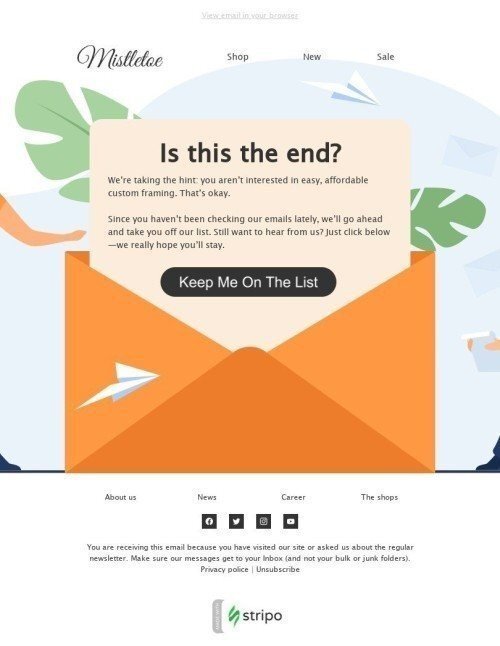
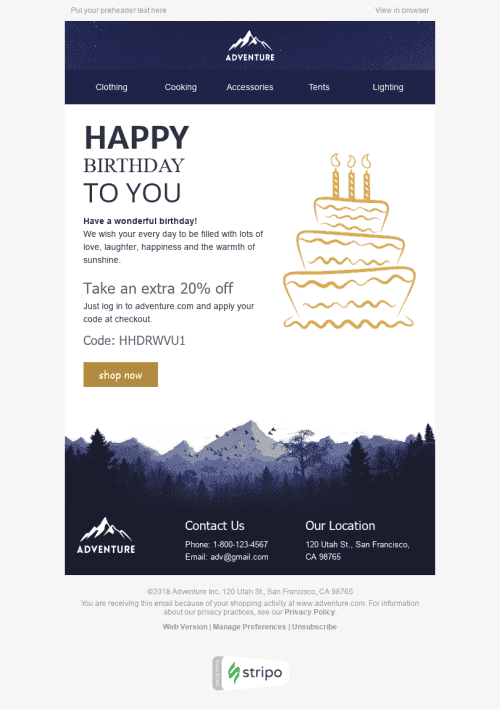
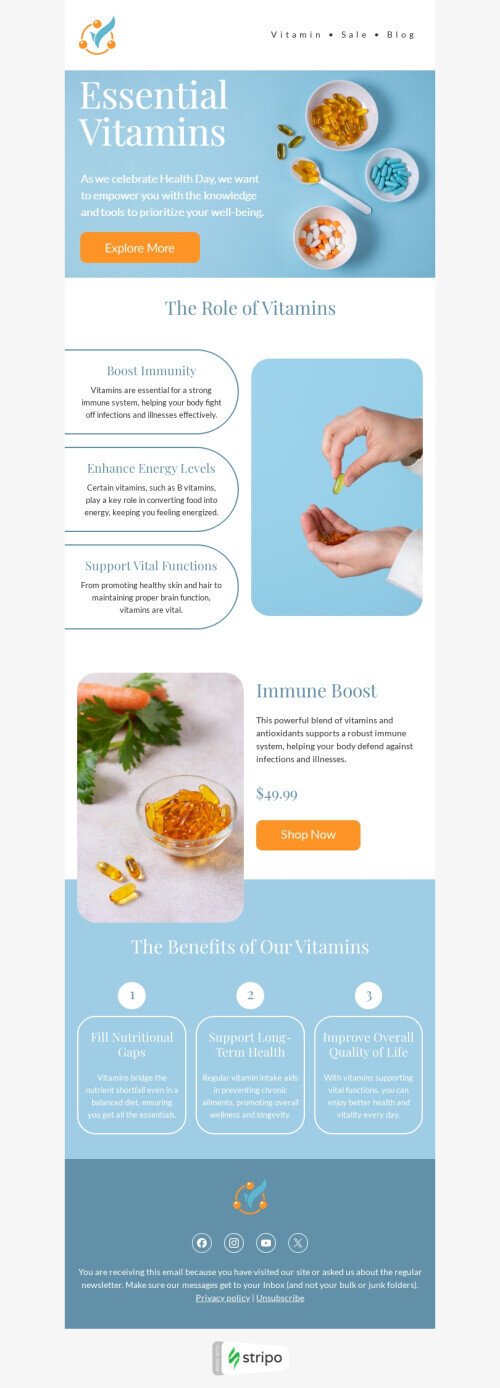
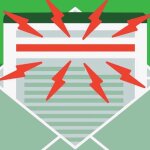


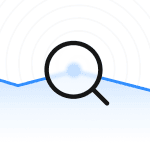



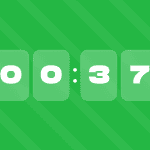

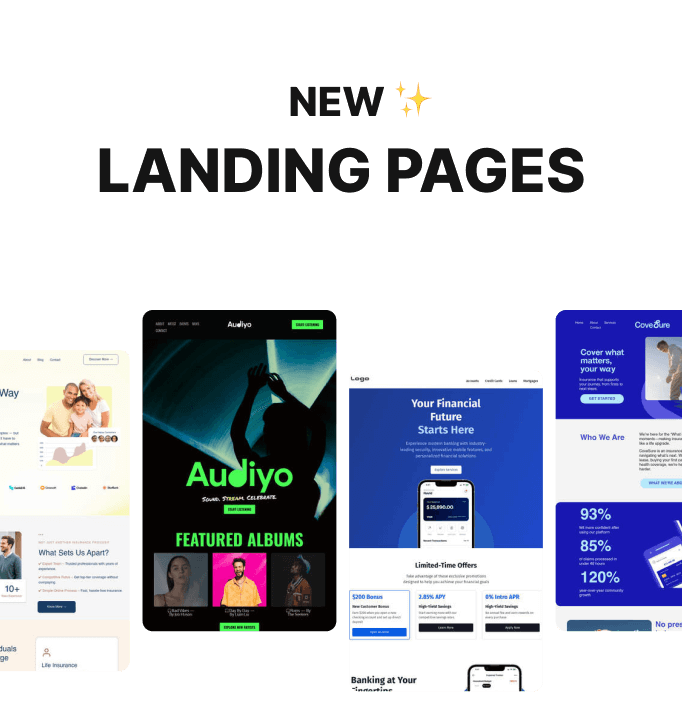
0 comments